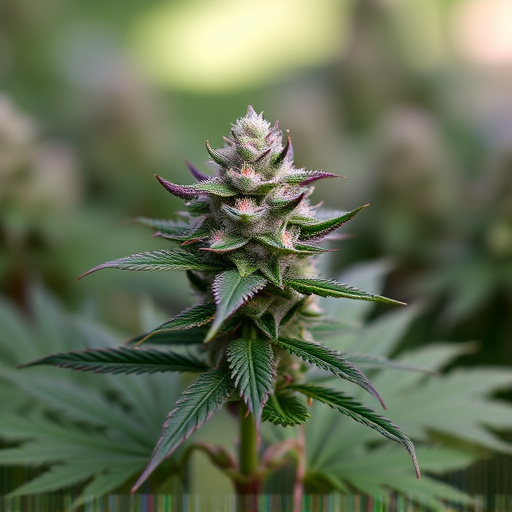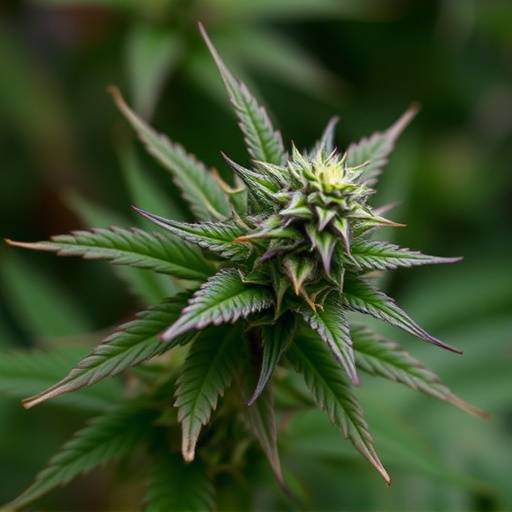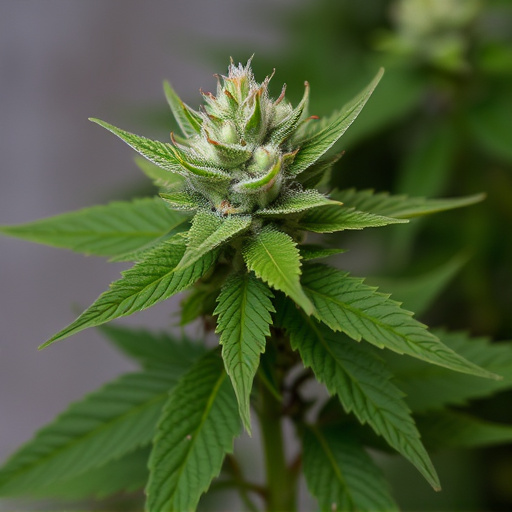Cannabis offers a promising natural approach to managing fibromyalgia symptoms, with different strains varying in cannabinoids like THC and CBD and terpenes. Indica and Sativa strains provide unique benefits – sedative effects for sleep and muscle relaxation vs. mental stimulation and energy boost. Strains like Blue Dream, Charlotte's Web, and Avidele show effectiveness in pain management. Personal reactions to cannabis differ based on genetics and experiences; some experience relief while others may face side effects. Exploring various strains tailored for fibromyalgia is crucial to find the ideal balance of cannabinoids and terpenes for individual well-being.
Cannabis has gained attention as a potential treatment for managing chronic pain, especially among those living with fibromyalgia. This article delves into the complex relationship between cannabis flowers and their diverse effects on individuals. We explore how cannabinoids interact with the body to alleviate fibromyalgia symptoms, focusing on specific cannabis strains known for their analgesic properties. Understanding individual variations in sensitivity and tolerance is key to navigating the optimal use of cannabis as a complementary therapy for fibromyalgia pain management.
- Understanding Cannabinoids and Their Effects on Fibromyalgia Symptoms
- Exploring Different Cannabis Strains for Pain Management
- Individual Variations in Cannabis Sensitivity and Tolerance
Understanding Cannabinoids and Their Effects on Fibromyalgia Symptoms
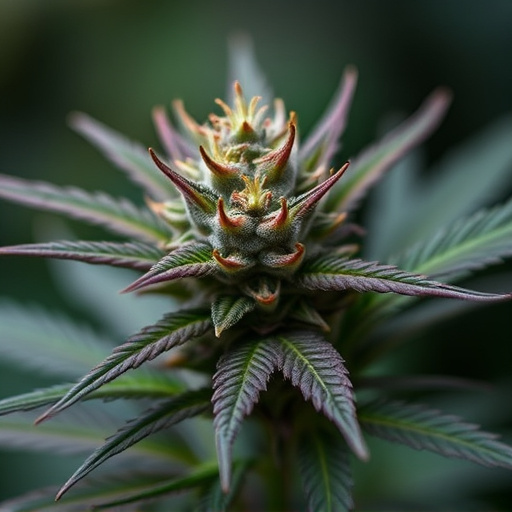
Cannabis flowers contain a variety of cannabinoids, most notably THC and CBD, which have distinct effects on the body and mind. For individuals living with fibromyalgia, a chronic pain condition characterized by widespread musculoskeletal pain, cannabinoids found in cannabis can offer potential relief. THC, known for its psychoactive properties, interacts with the endocannabinoid system (ECS), which plays a role in regulating pain perception and inflammation. This interaction can lead to reduced pain sensitivity and decreased inflammation, providing temporary relief from fibromyalgia symptoms.
However, not all cannabis strains are equally effective for fibromyalgia. Different strains have varying levels of THC and CBD, as well as other cannabinoids like CBN, which can influence their therapeutic effects. High-CBD strains are often preferred for managing chronic pain due to their minimal psychoactive properties and potential anti-inflammatory benefits. By exploring various cannabis strains for fibromyalgia, individuals can tailor their treatment to specific needs, finding the right balance of cannabinoids to manage symptoms effectively.
Exploring Different Cannabis Strains for Pain Management

Exploring different cannabis strains can be a game-changer for managing chronic pain, especially conditions like fibromyalgia. Each strain offers unique combinations of cannabinoids and terpenes that interact with our bodies’ endocannabinoid system in distinct ways. For instance, Indica strains are often preferred for their sedative effects, helping to relax muscles and induce sleep, which can alleviate fibromyalgia symptoms at night. Sativa strains, on the other hand, tend to stimulate mental activity and boost energy levels during the day, potentially providing relief from chronic fatigue, another common symptom of fibromyalgia.
Certain cannabis strains have been particularly effective for pain management. For example, Blue Dream is a popular hybrid known for its high CBD content, which has anti-inflammatory properties. Other strains like Charlotte’s Web and Avidele are renowned for their balanced ratios of THC to CBD, offering both analgesic (pain-relieving) and anti-inflammatory benefits without the overwhelming psychoactive effects. Exploring these various options with guidance from a qualified healthcare provider or dispensary staff can help individuals find cannabis strains best suited for their unique needs in managing fibromyalgia and associated symptoms.
Individual Variations in Cannabis Sensitivity and Tolerance
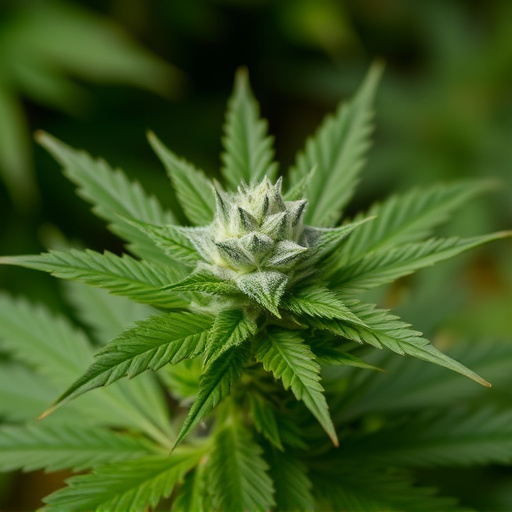
Every individual has a unique relationship with cannabis, largely influenced by their personal genetics and previous experiences. This means that how one person reacts to a specific strain may differ greatly from another, even if they consume the same amount. Factors like metabolism, age, weight, gender, and general health play significant roles in determining sensitivity to cannabis. For instance, some people might find relief from chronic pain or fibromyalgia with certain strains known for their anti-inflammatory properties, while others may experience side effects like anxiety or paranoia.
Building tolerance is also a personal journey. Regular consumption can lead some individuals to develop higher thresholds for THC (the primary psychoactive compound in cannabis), making them less sensitive to its effects over time. This is why exploring different strains—especially those suitable for medical conditions like fibromyalgia—is crucial. Different strains offer various profiles of cannabinoids and terpenes, which can cater to specific needs and preferences, ensuring individuals find the right balance between relief and comfort without compromising their well-being.
Cannabis has shown promise as a tool for managing fibromyalgia symptoms, with various strains offering unique profiles of cannabinoids. However, it’s crucial to remember that individual responses to cannabis vary greatly due to factors like sensitivity, tolerance, and method of consumption. When exploring cannabis strains for fibromyalgia, understanding these differences is key to finding the most effective and safe treatment option. Further research is needed to fully unlock cannabis’s potential as a therapeutic agent, but with careful consideration and professional guidance, individuals can navigate this evolving landscape.








